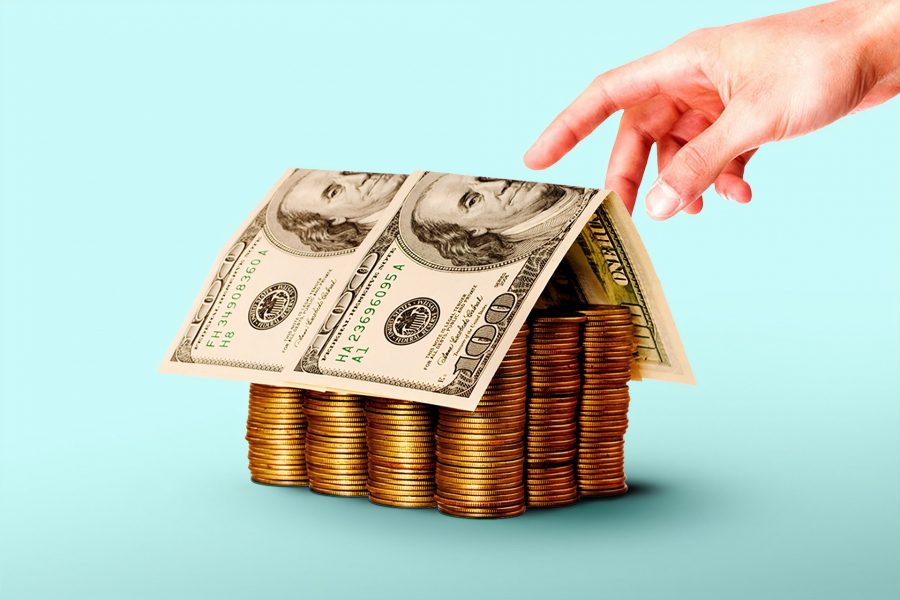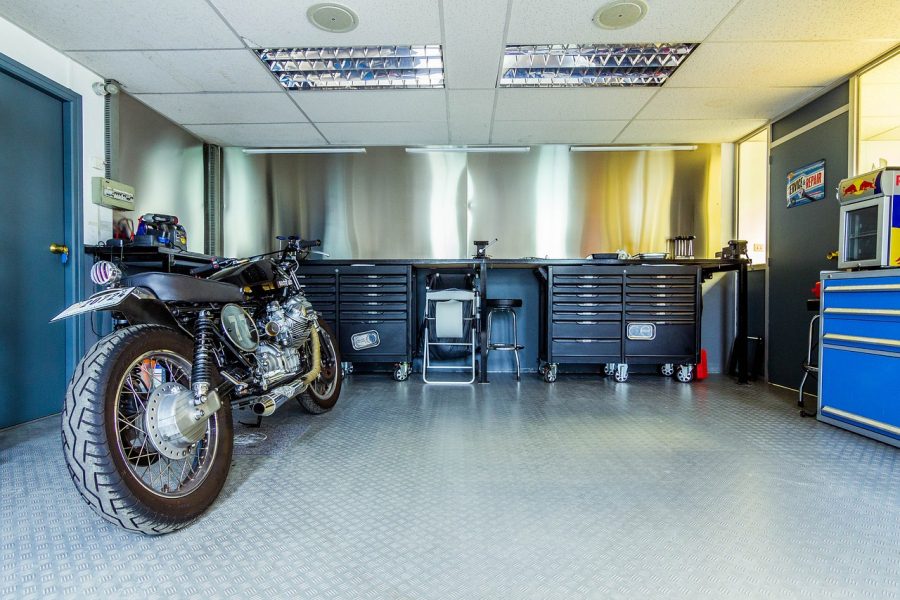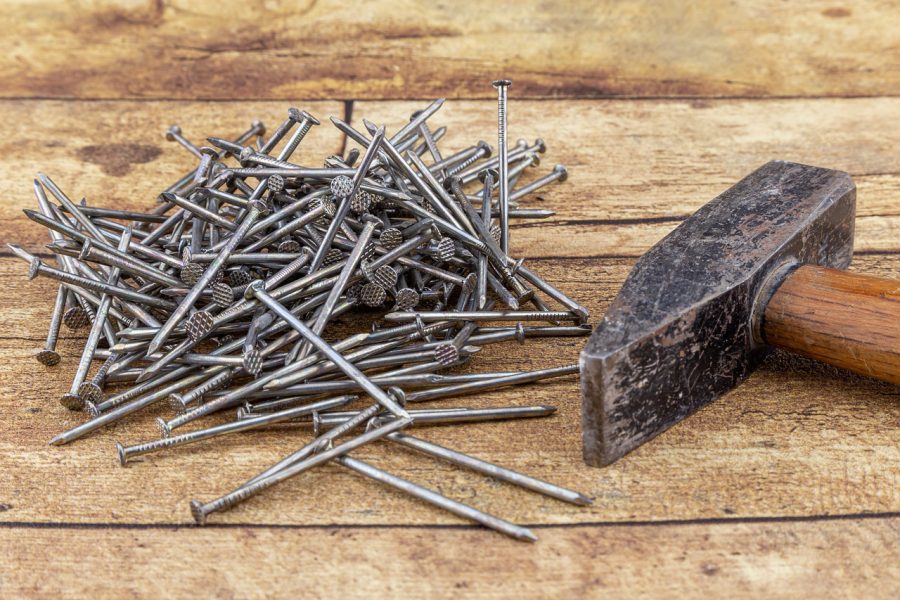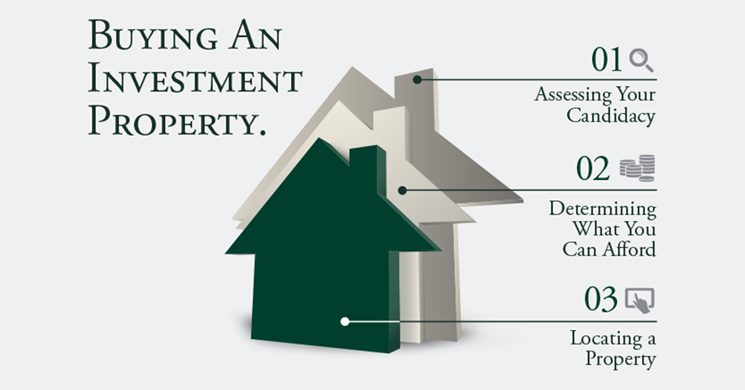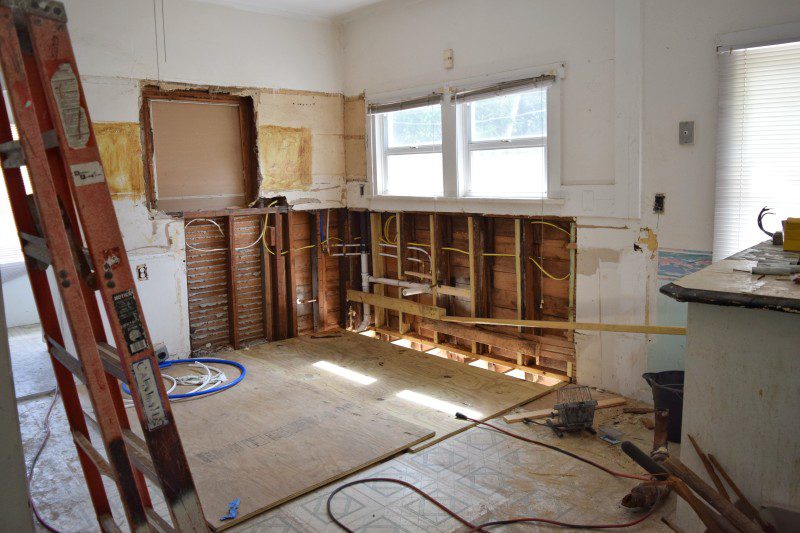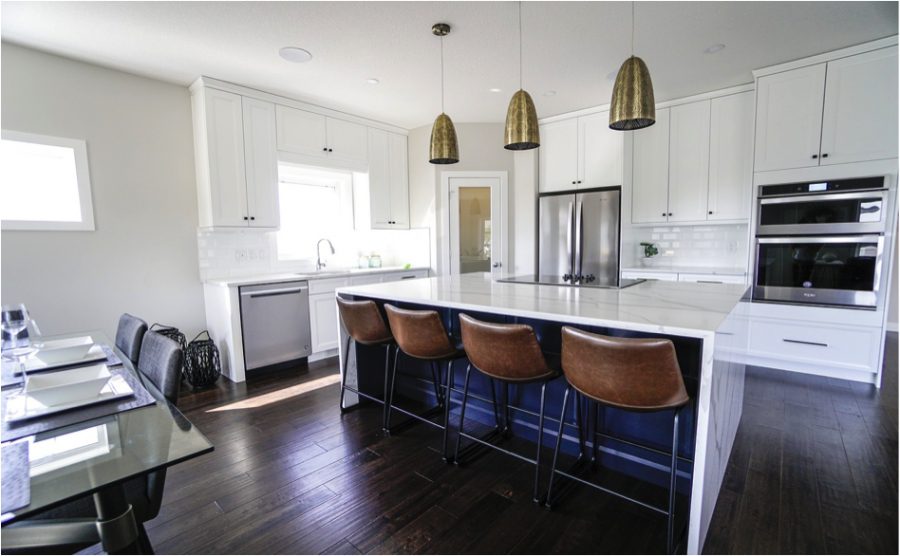These articles for beginners, intermediate and experienced investors provides advice about how to successfully invest in real estate.
Will New Window Installations Help You Sell Your Home Faster?
As you start the process of putting your home on [...]


